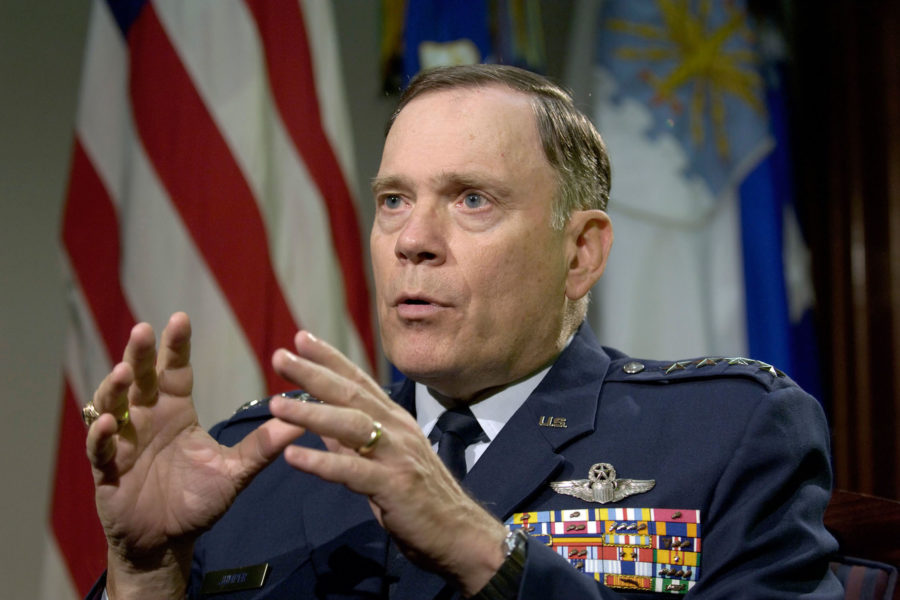Gen. John P. Jumper was Chief of Staff of the U.S. Air Force from Sept. 6, 2001—five days before the 9/11 attacks—to Sept. 2, 2005. As Chief, he helped the Air Force adapt to fight terrorism and counterinsurgency in Afghanistan and Iraq. He offered this reflection at the request of Air Force Magazine.
For those of a certain age, the images of chaos in Afghanistan conjure up dark emotions of Vietnam in 1975—a tactical surprise born of strategic failure at the cost of American credibility.
In Afghanistan, men and women in uniform accomplished their assigned combat mission against al-Qaeda but struggled to absorb the mission creep of nation building that followed. Afghanistan now replaces Vietnam as the nation’s longest war.
The lessons of Vietnam prompted the transformation of our military services and a wake-up call for the Air Force. Since Vietnam, we have embraced the values of stealth, standoff, and precision; become better partners in the joint battlespace; and leveraged burgeoning digital power to enable near real-time command and control.
But the lessons of Afghanistan, the return of peer adversaries, and the prospects of an operationalized Space Force and rapidly advancing cyber weapons demand a new reckoning and thoughtful reflection about the expanding scope of threats that blur distinctions between the tactical, operational, and strategic levels of joint combat. Efforts to evolve joint concepts of operation should be accelerated—figuring out how we execute the joint fight as the first step of the requirements and acquisition process.
At long last, we must divest the aging systems that have consumed resources and blocked our path to sustained technical superiority. We need to heed all the lessons of Afghanistan starting with early failures in joint planning, airspace control, and coordination of conventional and special operations. These are areas where CONOPS [concepts of operations] jointly conceived and exercised can produce proficiency in the evolving doctrine of rapid, agile, and dispersed operations needed to confront the increasing scope of conventional and unconventional challenges.
The warrior mindset of the Space Force opens the door to full integration of the vertical dimension to include the cyber weapons that must be employed to secure the vital digital battlespace. The Air Force and Space Force have a unique opportunity to enhance the architecture of command and control with intelligence and information flows directly to those who need it now. These are the virtues of an operationalized Space Force and warrior-Guardians focused on delivering space power to the fight.
Our Secretary of the Air Force, Frank Kendall, Air Force Chief of Staff Gen. Charles Q. Brown Jr., and Chief of Space Operations Gen. John W. “Jay” Raymond have set the proper course. This Department of the Air Force team deserves our full support as they work to build the world’s most powerful Air and Space Forces.
